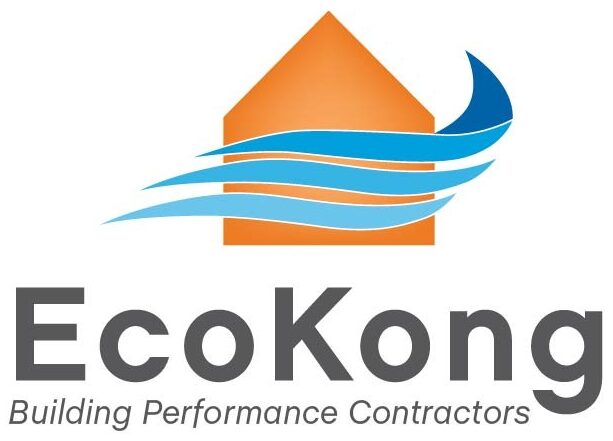- By Hugh Wolf
- In Uncategorized
Wasting Less and Saving More in Residential Retrofits
 Wasting Less and Saving More in Residential Retrofits
Wasting Less and Saving More in Residential Retrofits
The existing U.S. housing stock is an underutilized energy efficiency resource. We’ve only scratched the surface of its potential to waste less and save more energy. After, decades of research and thousands of retrofits the data has shown that even the most basic home retrofits can cut energy use by 15-20% while more comprehensive retrofit projects can double or even triple the reduction of waste and increase energy savings. Homeowners benefit not only from lower energy bills, but also from improved comfort, better health, and safer, more durable homes. Despite the widely documented benefits of whole home retrofits, demand for retrofits still lags in its momentum to meet its full potential.
Approximately 518,000 retrofit projects were completed through the Home Performance with ENERGY STAR program from 2002-2015, according to DOE. Add to that the roughly 115,000 homes retrofit through the Better Buildings Neighborhood Program and the total number of home performance retrofits completed through the leading program efforts approaches 700,000—less than 1% of US single-family homes. While this number doesn’t include retrofits completed outside of energy efficiency programs or those conducted through weatherization efforts targeted to low and moderate-income households, it does illustrate the need to scale up retrofit activity to capture the energy savings available.
How to Meet Challenges and Expand Retrofits
Some examples of the challenges facing residential energy efficiency retrofit programs as well as strategies for growing participation and delivering anticipated savings and successful results include: (1) calculating accurate project-level savings estimates, (2) ensuring that upgrades are installed and perform as expected and (3) encouraging public buy-in and participation in programs. All of these variables affect a program’s ability to realize savings.
New technologies, practices, and program features represent opportunities to improve outcomes. Already, gaining traction in retrofit programs are data standardization, calibrated energy models to actual energy use and real-time program evaluation-all these strategies would help improve project-level realization rates. There are also emerging opportunities include leveraging the capabilities of smart technologies (e.g., smart thermostats and home energy management systems), expanded focus on HVAC system measurement and verification, and potentially, the inclusion of pay-for-performance incentives.
Energy Efficient Programs can play an important role in growing consumer demand for home performance work. They can also improve systems and practices that enable contractors to perform quality work and, at the same time, increase energy savings. More accurate, reliable information of savings at the project level opens up more opportunities to use different strategic financing options that are tied to energy savings, such as PACE on-bill financing. This can also enable better integration of energy efficiency improvements with other home maintenance and renovation projects, such as roofing or siding replacement. By capturing these opportunities, energy efficiency retrofit program providers can help residents gain all benefits of more energy-efficient homes. For more information on how to waste less and save more in your next project contact: EcoKong at 480-788-7718 or by email at info@ecokong.org
